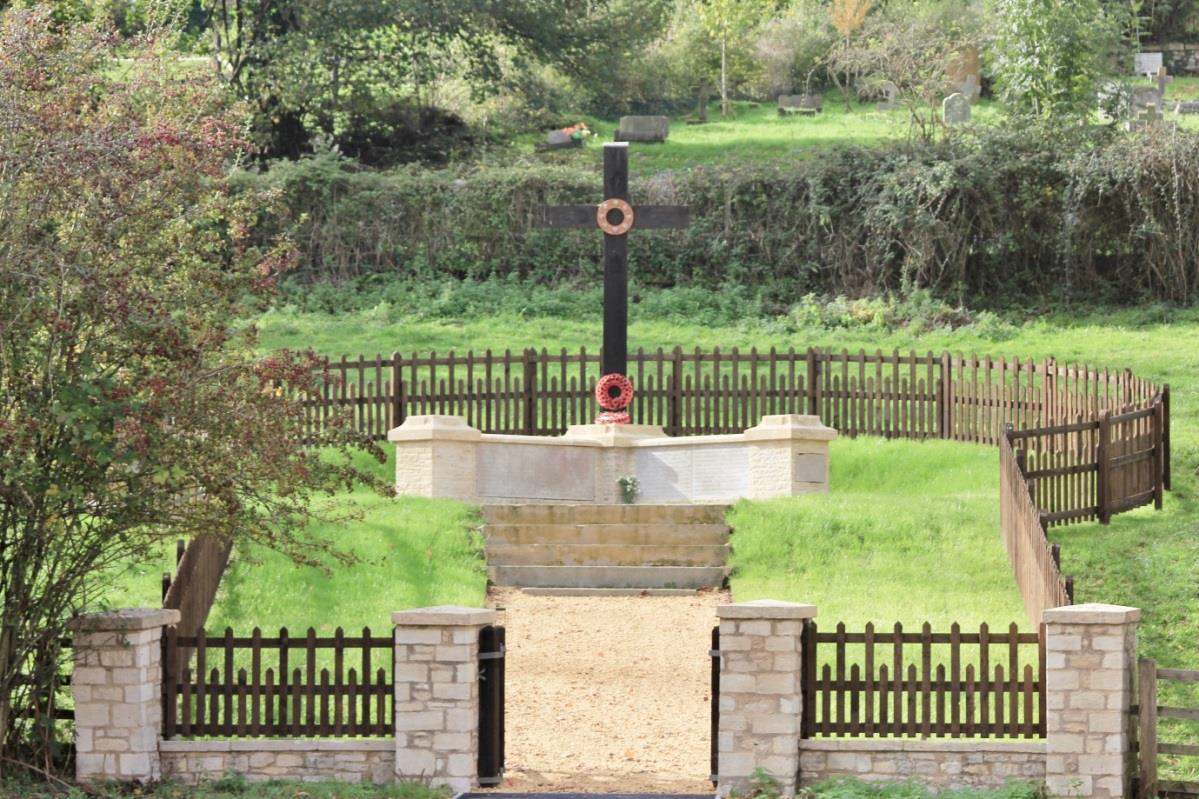1920s - 2014
From the 1920s until 2014 there came a slow deterioration of the memorial. Remembrance was carried out at town and village memorials. By the 1960s the Wayside Cross had become overgrown and neglected. From the 1980s some people, notably Brendan Shiner and Sebastian Modley, took an interest in it and began to care for it. Philip Goodwin, who was appointed as custodian, gradually became aware of its historical significance, the first war memorial of the Great War, and aware of the number and importance of the140 inscriptions, including notable casualties such as Maurice Dease VC, George Archer-Shee , “the Winslow Boy”, William Jennings, the son of the Vicar of King Stanley, whose rescue from the battlefield earned Tom Turrall the VC, and Richard Raymond-Barker, the 79th pilot shot down by the Red Baron.
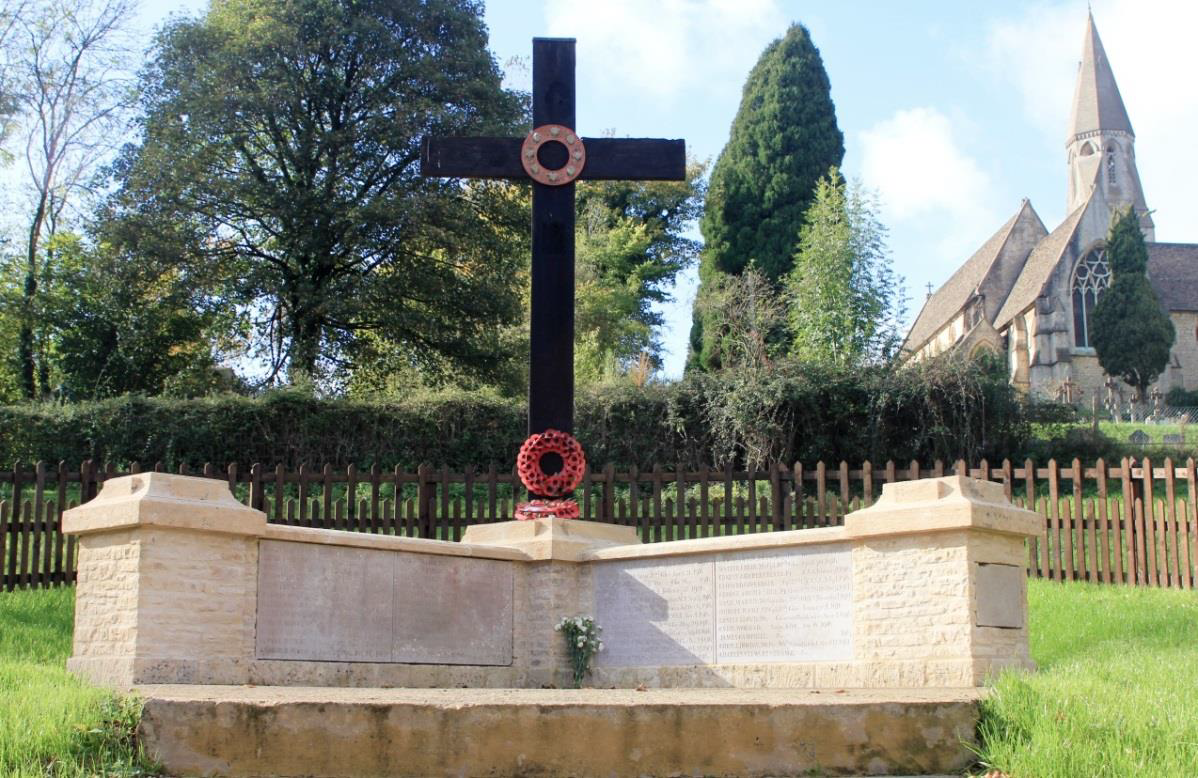
The state of the monument in November 2014, after extensive restoration work.
The Priory Church of The Annunciation took responsibility for the monument and raised the funds for the restoration. Thanks must be given particularly to Renishaws plc, Dennis Brown wood yards, Mr James Chamberlain, The Stuart Singers, Mr Alan Hawkins, the mason, and the many others who have given time and money for its restoration. The Wayside Cross became once again an impressive monument in time for the centenary service and rededication held in 2014, attended by HRH the Princess Royal and Declan, Bishop of Clifton.
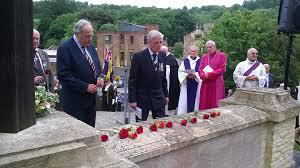
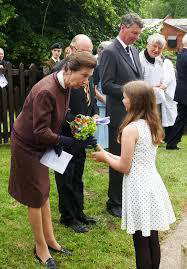
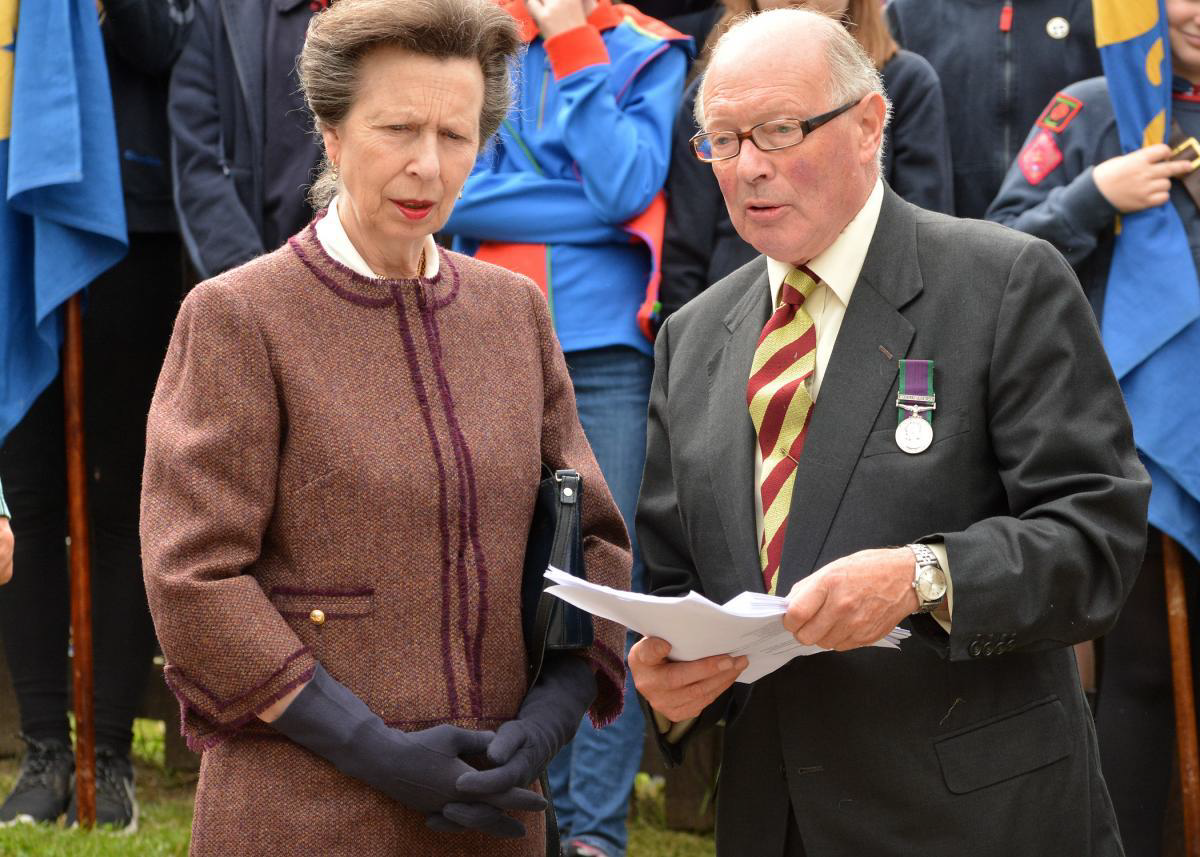
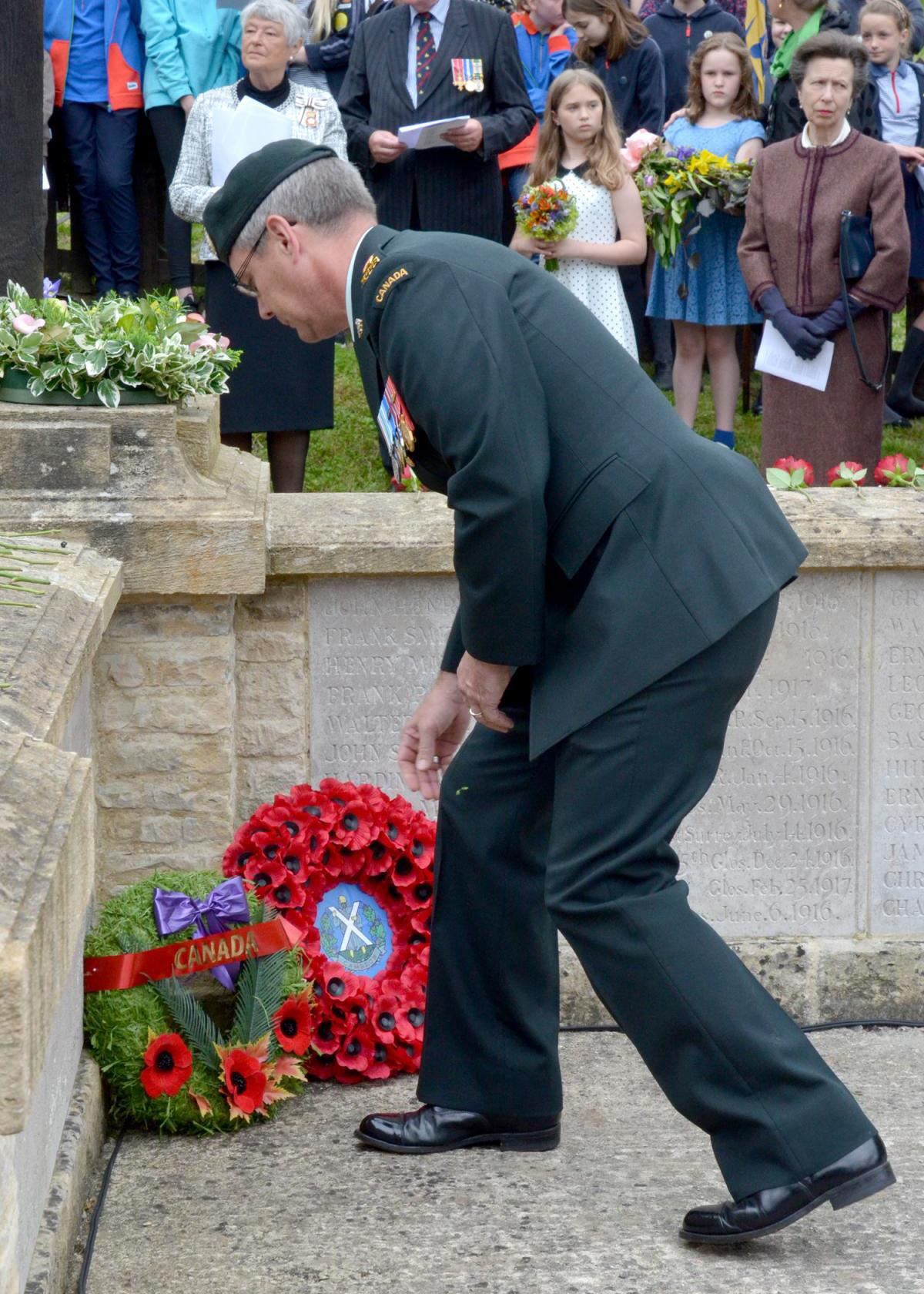
It has become again a fitting memorial to the heroes of Stroud and beyond who in The Great War knowingly made the ultimate sacrifice. It is also a tribute also to the steadfast efforts of the Dominican Prior, Father Hugh Pope, the first to conceive of the war memorial and to have the
conviction to carry the project to completion. Father Pope felt the need to pay tribute to those “whom we have known and talked with in
the days before the war and who went out with a handshake and their place knew them no more”, and to honour their sacrifice, which he compared to the sacrifice of Christ.
We still feel that need more than one hundred years later.
